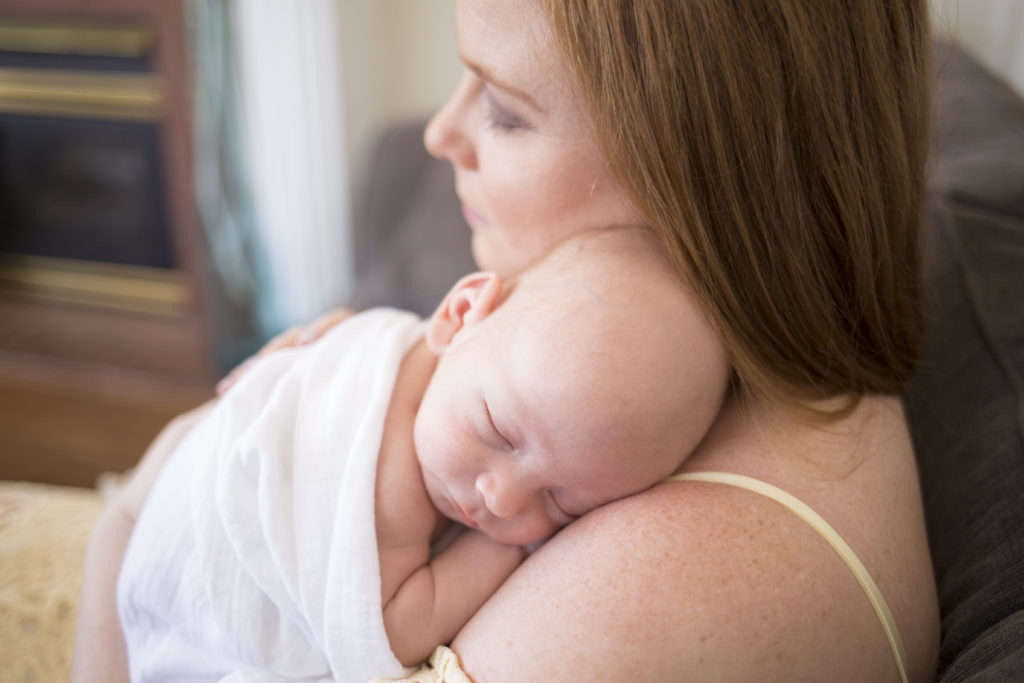The 35mm f/2 IS USM from Canon is a fabulous budget friendly full frame lens, and since I received it last holiday season, it has rarely left my camera. The 35mm focal length is considered a moderate wide angle, which is great for helping to capture the environment without too much distortion. I used it last Christmas, when I took a ton of family photos in small rooms with low light, and it performed great.
 Since I’m based in Los Angeles, and a lot of my clients are in apartments or homes built with a limited amount of space, the 35mm prime was the logical choice. Before, I used a 50mm and I always felt like I couldn’t back up far enough, but I’ve never had that issue with the 35mm. It captures the subject beautifully and makes my client’s home feel large and bright.
Since I’m based in Los Angeles, and a lot of my clients are in apartments or homes built with a limited amount of space, the 35mm prime was the logical choice. Before, I used a 50mm and I always felt like I couldn’t back up far enough, but I’ve never had that issue with the 35mm. It captures the subject beautifully and makes my client’s home feel large and bright.
 Although there are other options for the 35mm at lower f-stops, they were larger, heavier, and more expensive. This lens is compact in comparison to it’s competitors, so you can easily walk or carry it around all day. Which is why the 35mm focal length is preferred by wedding and street photographers who will have to do just that. It has a USM and IS, just like my nifty fifty, which makes it ideal for video work as well. The 35mm focal length is very popular in film, and still photographers will oftentimes use a 35mm when they want to a achieve a cinematic look for an image.
Although there are other options for the 35mm at lower f-stops, they were larger, heavier, and more expensive. This lens is compact in comparison to it’s competitors, so you can easily walk or carry it around all day. Which is why the 35mm focal length is preferred by wedding and street photographers who will have to do just that. It has a USM and IS, just like my nifty fifty, which makes it ideal for video work as well. The 35mm focal length is very popular in film, and still photographers will oftentimes use a 35mm when they want to a achieve a cinematic look for an image.
 As for the f-stop, I’ve used it wide open at f2 (see image above for example) and been happy with the results, but I usually use higher f-stops to get more of my image in focus, especially when capturing families with children because I want for my families to move around and have fun during the shoot. If I need more light, I can bump up the ISO with my camera and still get good results, and Lightroom has great noise reduction features. The images are tack sharp corner to corner and it’s built like a tank despite it’s size. If you are on a crop frame entry-level DSLR from Canon I would highly recommend this lens. It will give you a similar focal length to a nifty fifty (technically 56mm), which is considered a classic standard focal length. Check out my article, “Nifty Fifty: A Year in Review,” if you haven’t already.
As for the f-stop, I’ve used it wide open at f2 (see image above for example) and been happy with the results, but I usually use higher f-stops to get more of my image in focus, especially when capturing families with children because I want for my families to move around and have fun during the shoot. If I need more light, I can bump up the ISO with my camera and still get good results, and Lightroom has great noise reduction features. The images are tack sharp corner to corner and it’s built like a tank despite it’s size. If you are on a crop frame entry-level DSLR from Canon I would highly recommend this lens. It will give you a similar focal length to a nifty fifty (technically 56mm), which is considered a classic standard focal length. Check out my article, “Nifty Fifty: A Year in Review,” if you haven’t already.